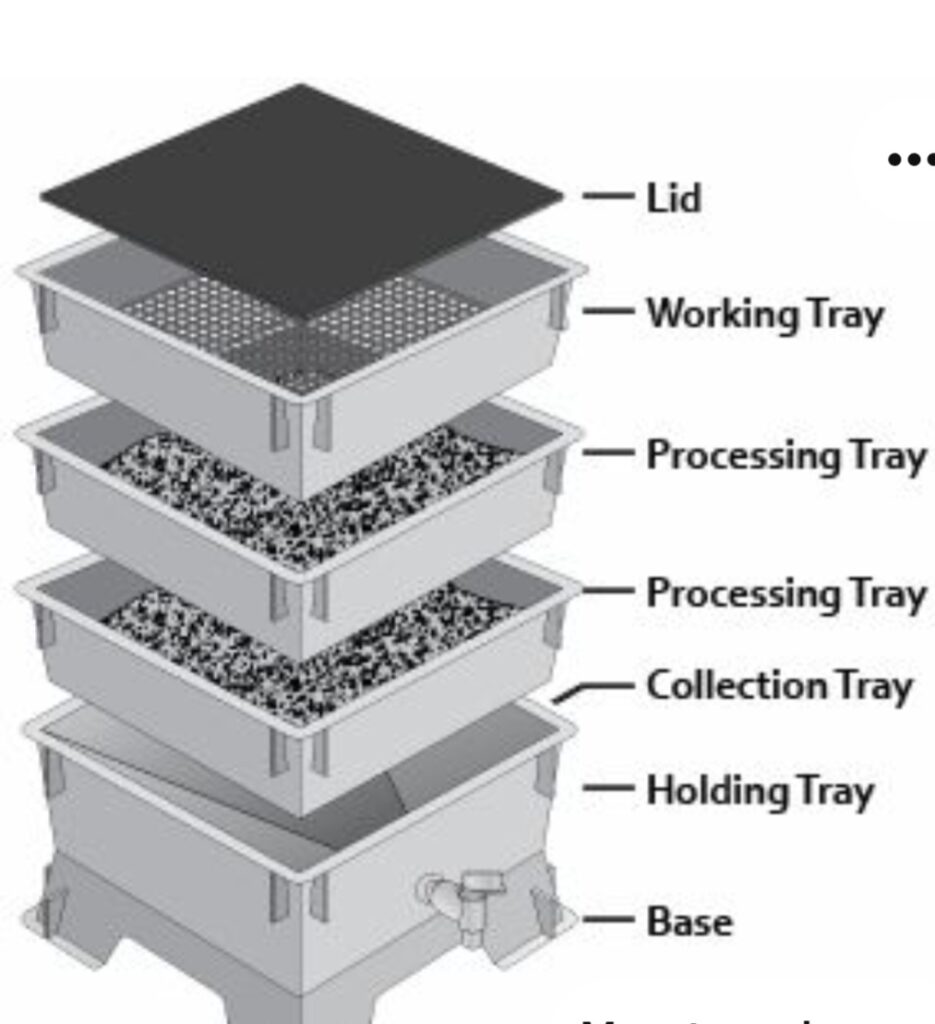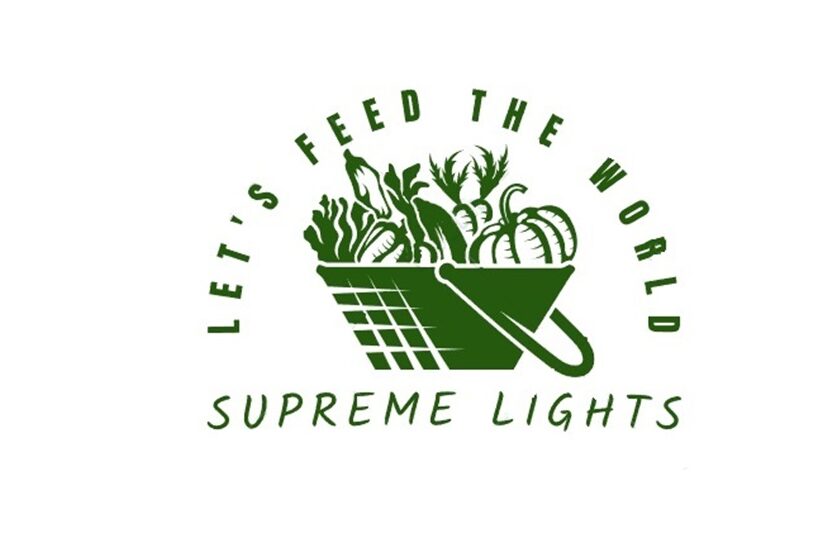
Vermiponics is a soil-less growing technique that combines hydroponics and vermiculture where worm waste are used as a nutrient solution for plants. It can also be refered to as fishless aquaponics alternative. It is like aquaponics but differs in the sense that it uses worms instead of fish and diluted wormbin leachate, also known as “worm tea”, as a nutrient solution for plants instead of fish waste or chemicals. The system combines the principles of hydroponics and vermicompost. The worms are collected and introduced into a collection of food scraps. The worms feed on the scraps and create worm castings. The worm castings are then diluted and aerated to make a worm tea which is then used as a nutrient solution in a hydroponic set up. It is a less expensive, easier-to-care-for alternative to hydroponic systems that use fish waste.
BENEFITS OF VERMIPONICS
1. NATURAL FERTILIZER: Worm castings are a natural fertilizer that provide nitrogen and trace minerals.
2. GOOD FOR SMALLER SETUPS: It does not require a larger space to set up compared to aquaponics. The worms require smaller indoor space to construct their feeding beds . Therefore, it is suitable for smaller indoor gardens, vermiponics is compact and easy to manage, making it ideal for limited spaces.
3. EASIER THAN CARING FOR FISH: Worms require oxygen and can survive on waste food materials etc which are used more efficiently than fish. The worms are also less prone to diseases compared to fishes.
4. Can be used for harvesting vermicompost suitable for plant growth and soil fertility.
5. It requires less water usage than aquaponics. Fertilization using betta fish or other fish needs enough water for the fish to live in. The water runs nutrients through the indoor garden. There is need to refresh the water in the fish tank every week. Depending on the size of the hydroponic setup. Therefore, quit a huge quantity of water is needed in an aquaponic system. But in vermiponics, the worms will live in soil and compost with water added to keep everything moist. The vermiponic setup uses much less water than traditional aquaponics.
6. Worm castings are a known natural fertilizer. They provide nitrogen and trace minerals. In fact, even if vermiponics is not used in the hydroponic garden system, earthworm castings can be purchased or collected as an organic fertilizer.
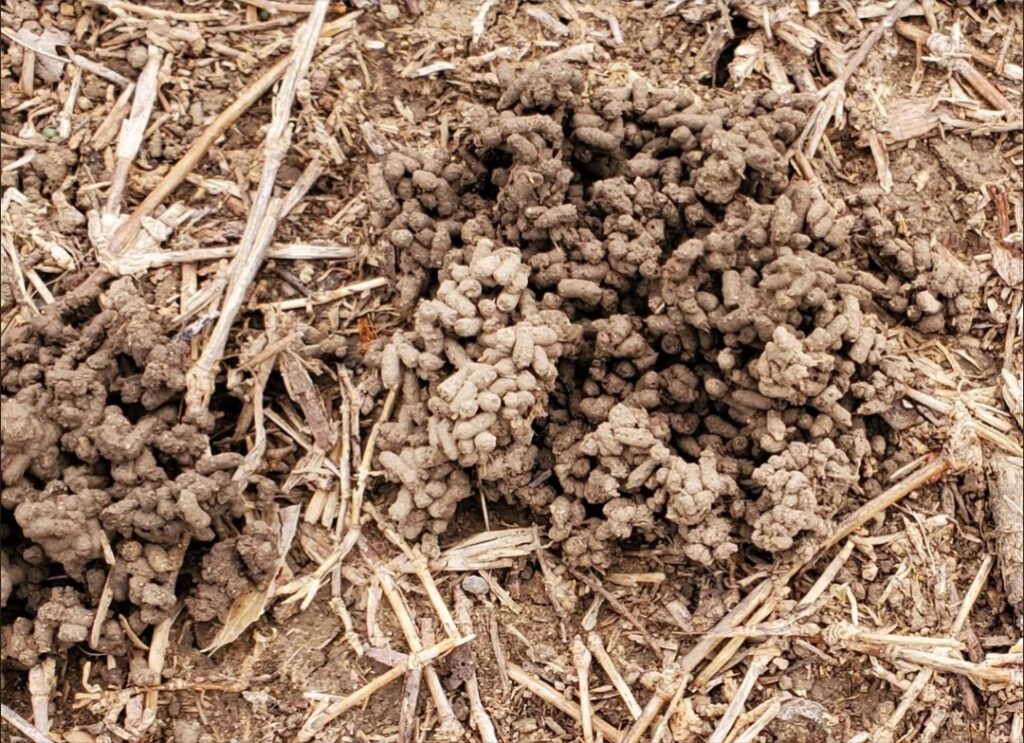
7. Worm tea can be made from the wormcastings. The worm tea contain beneficial natural nutrients from worms in the vermicomposting (worm composting) setup, apart from your hydroponic setup.
8. Because vermiponics relies less on artificial fertilisers and employs natural processes to fertilise plants, vermiponics is regarded as a sustainable and environmentally beneficial technique for growing plants.
9. Due to internal water recirculation and reuse, it also reduces the amount of water used. Additionally, vermiponics can produce both fish and vegetables, providing a sustainable source of protein and fresh produce.
10. One of the significant advantages of vermiponics is its ability to reduce the reliance on external fertilizers. The continuous production of nutrient-rich worm castings within the system means that plants receive a steady supply of nutrients, decreasing the need for additional nutrients.
11. EFFICIENT NUTRIENT CONSUMPTION: Worms consume 30% less food than fish while providing the same nutrient load in a vermiponic system, enhancing efficiency in nutrient utilization. It supplies essential nutrients like nitrogen and trace minerals that fuel plant growth in vermiponics. Apart from this, worm castings also contribute to improving soil structure, water retention, and aeration in the grow beds, creating an optimal environment for plant roots to thrive.
12. The worm castings contain beneficial microbes that support healthy root development and enhance plant resistance to diseases.
DIFFERENCE BETWEEN AQUAPONICS AND VERMIPONICS
1. VERMIPONICS IS GREAT FOR SMALLER SETUPS:
Worms are quite small. Although farmers can make a small betta fish tank with one fish, worms are a terrific alternative for smaller indoor gardens. And aquaponics growers stated that worms work for their larger garden setups as well.
2. EASIER THAN CARING FOR FISH:
Fish require space and specialized food, as well as access to oxygen. Although worms also require oxygen, they utilize it more efficiently than fish, meaning they can handle equipment failures or other issues more easily. As for food, worms will eat almost anything that is biodegradable such as leaves, lawn clippings, manure, food scraps (vegetable or fruit), or even paper or cardboard.
3. NUTRIENT SOURCES: Vermiponics utilizes worms to provide nutrients for plants. The nutrients can be from kitchen wastes etc, whereas aquaponics relies on fish waste.
4. FEED EFFICIENCY: Worms in vermiponics consume 30% less food than fish in aquaponics to provide the same nutrient load.
5. RESOURCE REQUIREMENTS: Vermiponics requires less water and has negligible ammonia production compared to aquaponics.
6. CAPITAL INTENSIVE: Vermiponics is less capital intensive as it rely on waste food scraps from kitchen, plant debris and clippings etc which can easily be sourced compared to aquaponic which require huge capital to setup.
ESSENTIAL COMPONENTS FOR VERMIPONICS
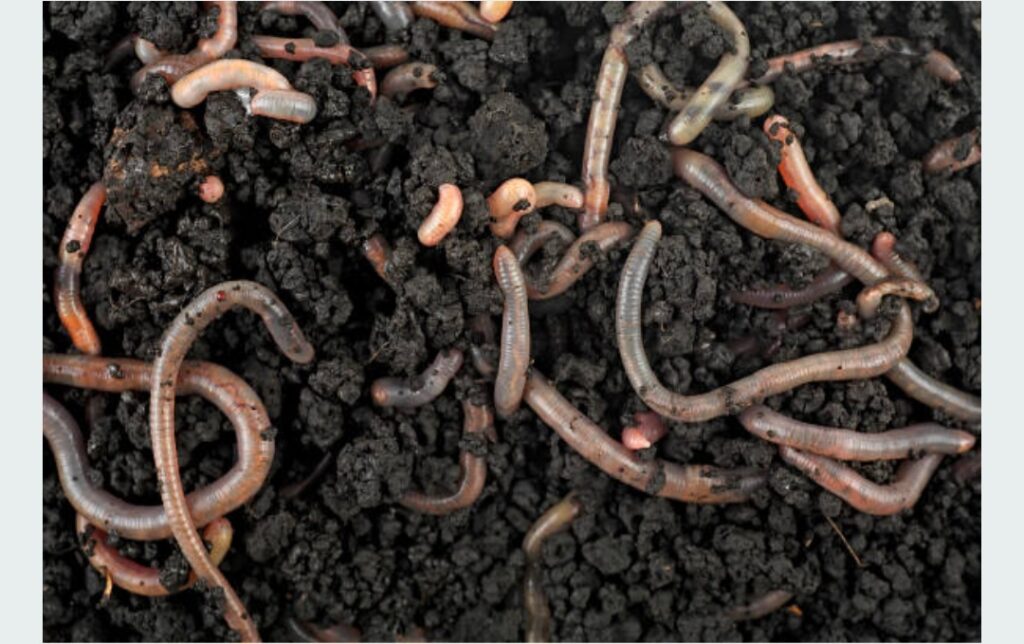
When setting up a vermiponics system, farmers need to adhere to instructions to ensure proper functioning of the system. These essential components lay the foundation for a successful vermiponics system. Some of the essential components include: worm beds, plant beds, a well-designed water circulation system between them, curing tanks, bell siphon, plants and worms.
a. WORM BEDS: the worm bed is a suitable environment for the worms to thrive and produce nutrient-rich castings.
b. PLANT BEDS: A gravel or a hydroponic medium in plant beds is needed to support optimal plant growth.
c. WATER CIRCULATORY SYSTEM: A water circulatory system that will allows water to flow between the worm beds and plant beds efficiently is needed. The water will circulate from the aquarium to the grow beds.
d. CURING TANK: The circulatory system should lead to a curing tank where worm tea will be collected and cured for some weeks or month before usage for crop production.
e. BELL SIPHONS: Utilized for draining filtered water back into the aquarium or reservoir so as to maintaining a healthy environment for both the worms and plants.
f. PLANTS: Key components that will be nourished by the system.
g. WORMS: Vital for aiding in the filtration process, nutrient production and maintaining the system’s biological health.
All these items will help create a successful vermiponics system where plants, worms, and media work together harmoniously to sustain a healthy environment.
WORM SPECIES TO USE IN A VERMIPONIC SYSTEM
There are different species of worms that can be employed in a vermiponic system. Some of them include: Red worms, such as Eisenia fetida or Lumbricus rubellus. These are commonly chosen for vermiponics due to their efficient composting abilities. These worm species excel in organic waste environments, breaking down dead matter into nutrient-rich material for the plants in the system.
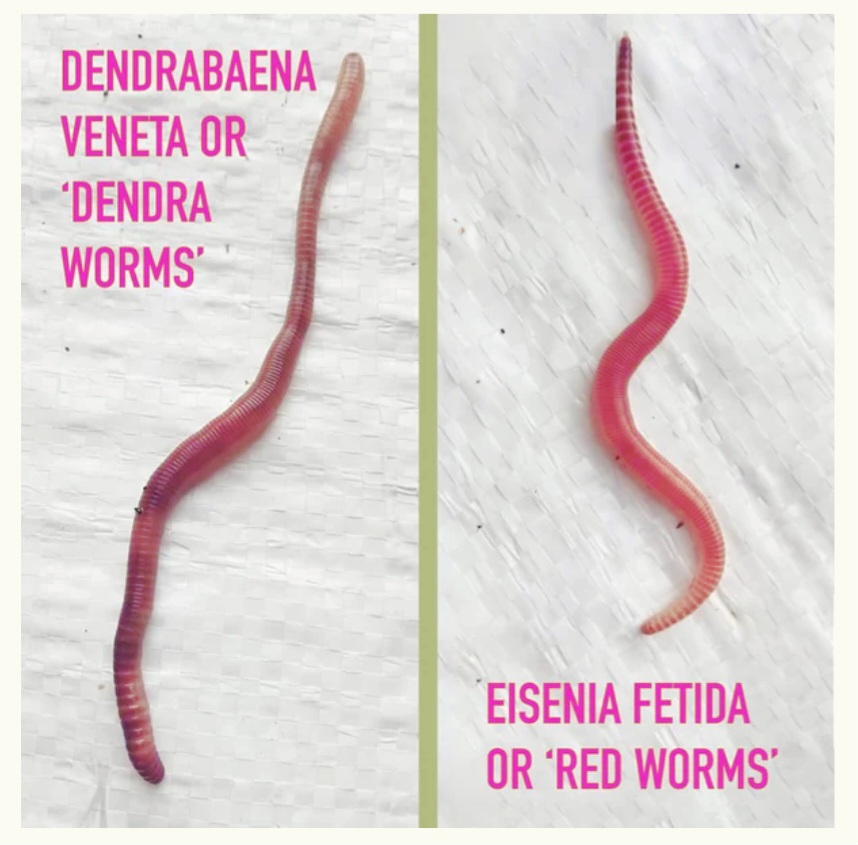
Their adaptability to various conditions and high reproductive rates make them well-suited for vermiponics setups. The continuous activity of red worms in vermiponics systems helps maintain nutrient levels and enhance soil structure in the grow beds. Also, earth worm can be employed. But are not as efficient as the red worms.
CHARACTERISTIC THAT MAKES THE RED WORMS A HIGHLY EFFICIENT CHOICE FOR VERMIPONICS SYSTEM
a. They have ability to break down organic matter into castings faster
b. The worms reproduce quickly in favorable conditions, ensuring a steady population
c. They play a vital role in nutrient cycling, providing essential nutrients for plants
d. They help maintain a healthy and productive environment.
e. They help improve soil structure and fertility.
HOW TO PREPARE WORM TEA
Collect some worm beddings and place them into a container with perforated base or base side tap. The worm beddings include kitchen wastes like banana peels, yam peels, egg shell, rotten vegetables like lettuce, cucumber etc. Worms should be introduced ontop of the worm beddings and left for decomposition process to take place. During the break down process of the beddings, worm casting are produced. Water should be introduced occasionally and collected at the base of the saturated containers as worm tea. Or if the container has an installed tap, the tap can be opened to collect the worm tea into a container. Keeping the worm bedding moist will result in continuous action of decomposition by the worms. The worm tea collected should be left to cure for few weeks in the tropics. But in the temperate region, the worm tea can be left to cure for a month.
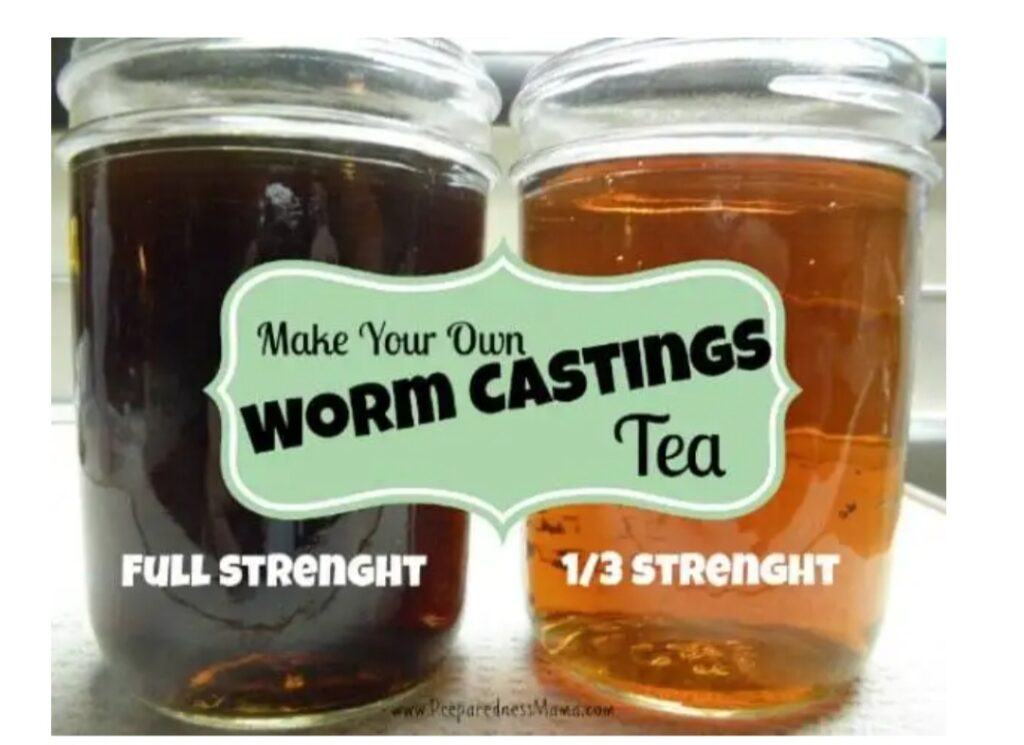
Other materials that can be used for the worm beddings include animal manure, wood and grass clippings, etc.
After collection of cured worm tea and ready to use in the vermiponics, neem juice or other natural extract to control pest can be introduced to control pests.
Note: When the worms produce castings, the casting can be collected and dissolve in water to extract the nutrients in them or the casting left in the worm bed and water pumped in to extract the nutrients in liquid form as worm tea. The worm tea is rich in many micronutrients.
Urine which is rich in macronutrients (nitrogen, phosphorus, and potassium) as well as micronutrients, can be applied to the worm tea to fortify it with nutrients. Both the urine and the worm tea can be combined as a rich source of plant nutrients. This can then be pumped throughout murals where plants are grown, hence, vermiponics is formed.
ADVANTAGES OF VERMIPONICS OVER OTHER PONICS SYSTEM
Vermiponics is gaining popularity globally for several reasons. It is more advantageous compared to other ponics system in several ways including:
1. SUSTAINABLE AGRICULTURE: Vermiponics is a sustainable method of agriculture that minimizes wastage and uses natural processes to grow plants. Natural wastes like kitchen wastes, plant clippings , animal manure etc are utilized for the production of the worm tea.
2. ENVIRONMENTALLY FRIENDLY: It is a natural plant nutrient source. It reduces the need for chemical fertilizers and pesticides, and it recirculates water, minimizing water use and environmental pollution.
3. HIGH-QUALITY PRODUCE: Vermiponics can produce high-quality, nutrient-dense produce, as the plants are grown in a controlled environment and receive a consistent supply of nutrients.
4. INCREASED FOOD PRODUCTION: Vermiponics can increase food production in areas where traditional agriculture is limited due to poor soil quality or lack of space. It can be set up in urban areas, home gardens, as commercial production etc to provide fresh produce to local communities.
5. REDUCED CARBON FOOTPRINT: Vermiponics has a smaller carbon footprint compared to traditional agriculture. It employs the use of worms to degrade waste materials compared to burning of wastes that produce carbon into the atmosphere. It also reduces the need for transportation and uses less water and energy.
6. TECHNOLOGICAL ADVANCEMENTS: Technological advancements have made vermiponics more accessible and cost-effective. With advancements in sensors, automation, and software, vermiponics can be monitored and managed remotely, reducing labor costs and increasing efficiency
7. COMBINES TWO PONIC SYSTEM INTO A SINGLE UNIT: It is a gardening technique that combines two system of hydroponics and vermiculture. The system can also combine aquaponics to raise fishes. By combining the power of worms with hydroponics, this innovative method offers a unique approach to nurturing plants.
8. SOILLESS FARMING SYSTEM: Vermiponics is a method that involves using worms to break down organic matter and create nutrient-rich worm castings, which act as a natural fertilizer for plant growth. Unlike traditional aquaponics systems that rely on fish waste for nutrients, Vermiponics allows plants to thrive in a soil-less environment without the need for fish. By harnessing the power of worms, Vermiponics provides a sustainable and efficient way to grow plants indoors or in limited spaces.
9. SYMBIOTIC RELATIONSHIP:
The symbiotic relationship between the worms and the plants in Vermiponics is crucial. The worms not only break down the organic matter but also help maintain the ecosystem balance by recycling nutrients. As the worms feed on organic waste, they convert it into valuable nutrients that are readily available to the plants. This natural process mimics how plants receive nutrients in a traditional soil environment but in a more controlled and efficient manner.
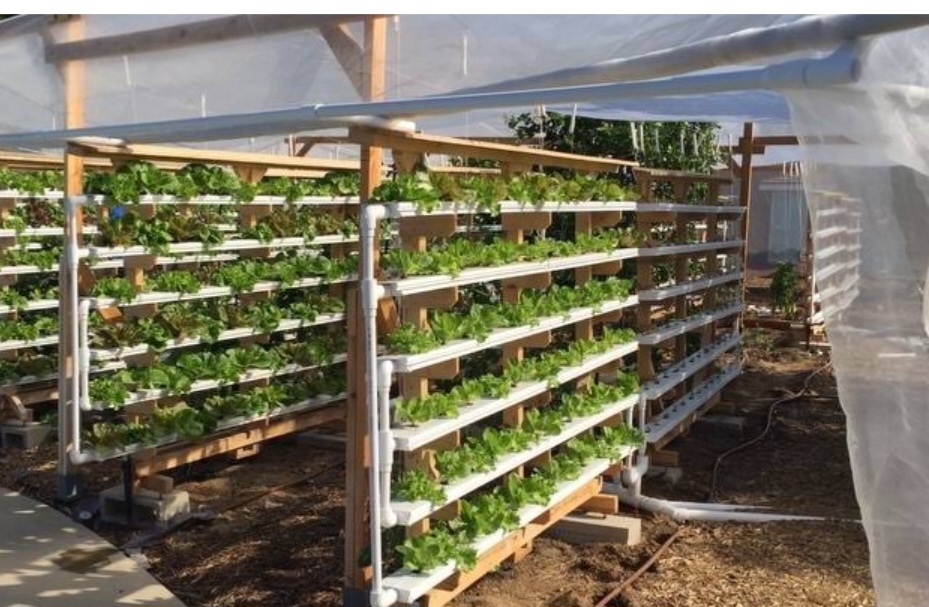
MAINTENANCE OF THE VERMIPONICS SYSTEM
1. Ensure proper water circulation between worm beds and plant beds, and sticke to a watering schedule in vermiponics setup. This will help ensure the overall functionality of the vermiponics system.
2. For advanced systems, farmer must be vigilant about potential clogs in pumps.
3. Ensure the bin is constructed with expand metal sides and thick filter fabric for water access.
4. To ensure the vermiponics system functions smoothly, regularly check the moisture levels to keep the worms active.
5. Drain only the humus liquid for plant feeding, maintaining the system’s balance.
6. To ensure the smooth operation of the vermiponics system, monitoring and managing the worm population is crucial for maintaining a balanced ecosystem. Proper worm population management involves adjusting feeding schedules, maintaining optimal conditions, and utilizing worm castings for plant nutrition.
7. Check and adjust the water levels in the grow beds to prevent over-saturation.
8. Clean out any accumulated humus in the system or media to maintain efficient nutrient cycling.
9. Regular cleaning of grow beds to remove humus buildup is necessary.
10. Worms should be fed with appropriate materials. This is essential for system maintenance.
11. Implementing separate systems to collect humus can prevent blockages and improve nutrient distribution.
